
Breeding insects at home is a fascinating hobby that offers unique insights into the miniature world of these six-legged creatures. Whether you’re looking to maintain a sustainable food source for other pets, want to observe fascinating life cycles firsthand, or simply enjoy keeping unusual pets, insect breeding can be both rewarding and educational. This growing hobby requires minimal space, is generally inexpensive to start, and can teach valuable lessons about biology, ecology, and animal husbandry. In this comprehensive guide, we’ll walk through everything a beginner needs to know about successfully breeding various species of insects in captivity, from setting up the perfect habitat to understanding reproductive cycles and caring for offspring.
Choosing the Right Insect Species

Selecting an appropriate insect species is crucial for beginners, as some insects are significantly easier to breed than others. Mealworms, crickets, fruit flies, and stick insects are generally recommended for newcomers due to their straightforward care requirements and relatively simple breeding processes. When making your selection, consider factors such as the insect’s size at maturity, environmental requirements, noise level (crickets can be quite vocal), and how quickly they reproduce. It’s also important to research whether your chosen species requires special permits in your location, as some insects may be regulated to prevent potential invasive species issues. Begin with just one species until you’ve mastered the breeding process before expanding your insect-keeping hobby.
Understanding the Life Cycle
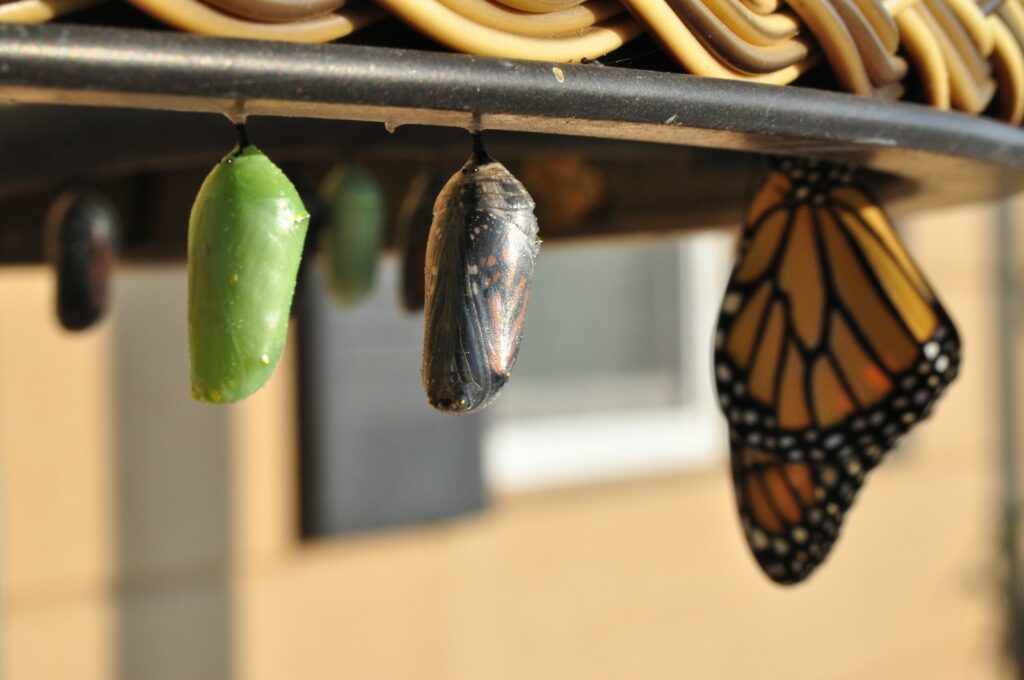
Before attempting to breed any insect, it’s essential to thoroughly understand its complete life cycle, as this knowledge forms the foundation of successful breeding practices. Most insects undergo either complete metamorphosis (egg, larva, pupa, adult) like beetles and butterflies, or incomplete metamorphosis (egg, nymph, adult) like crickets and stick insects. Each stage requires different care considerations, including habitat adjustments, feeding protocols, and handling practices. The duration of each life stage varies dramatically between species—fruit flies may complete their entire cycle in just 10-14 days, while some beetles might take months or even years to mature. Understanding these timeframes helps you plan accordingly and recognize when your insects have reached breeding age, ensuring you’re providing stage-appropriate care throughout their development.
Essential Equipment and Supplies

Setting up for insect breeding doesn’t require expensive equipment, but certain supplies are necessary for success. You’ll need appropriate containers that provide adequate space while preventing escapes—plastic tubs, glass terrariums, or specialized insect habitats all work well depending on your species. Ventilation is crucial, so containers with mesh lids or carefully drilled air holes are essential. Substrate materials vary by species: coconut fiber, vermiculite, or specialized insect bedding might be required for proper egg-laying and development. Temperature and humidity control equipment such as heat mats, thermometers, and hygrometers help maintain optimal environmental conditions. Additionally, gather feeding supplies like fresh produce, specialized insect diets, water gel crystals (safer than open water sources which can drown insects), and tools for habitat maintenance and handling like paintbrushes, tweezers, and small containers for offspring separation.
Creating the Ideal Habitat
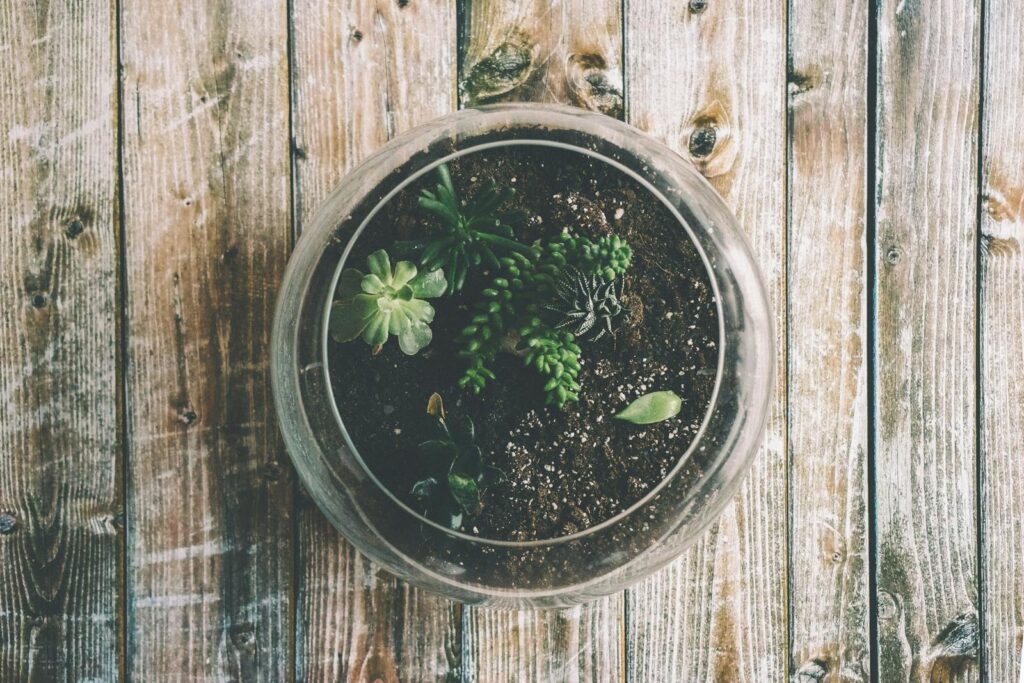
The habitat you create must closely mimic your insect’s natural environment while being practical for captive breeding. Size matters significantly—too small and your insects become stressed, too large and it becomes difficult to monitor eggs and young. Most species require specific temperature ranges, with many tropical insects needing temperatures between 75-85°F (24-29°C), which can be maintained using heat mats or lamps placed carefully to create temperature gradients. Humidity requirements vary widely between species, from desert beetles needing dry conditions to tropical species requiring 60-80% humidity maintained through misting or humidity-retaining substrates. Include appropriate hiding spots like egg cartons, toilet paper tubes, or specialized insect shelters that offer security and molting sites. For many species, create designated egg-laying areas with the right substrate texture and moisture level to encourage reproduction and make egg collection easier.
Proper Nutrition for Breeding Insects
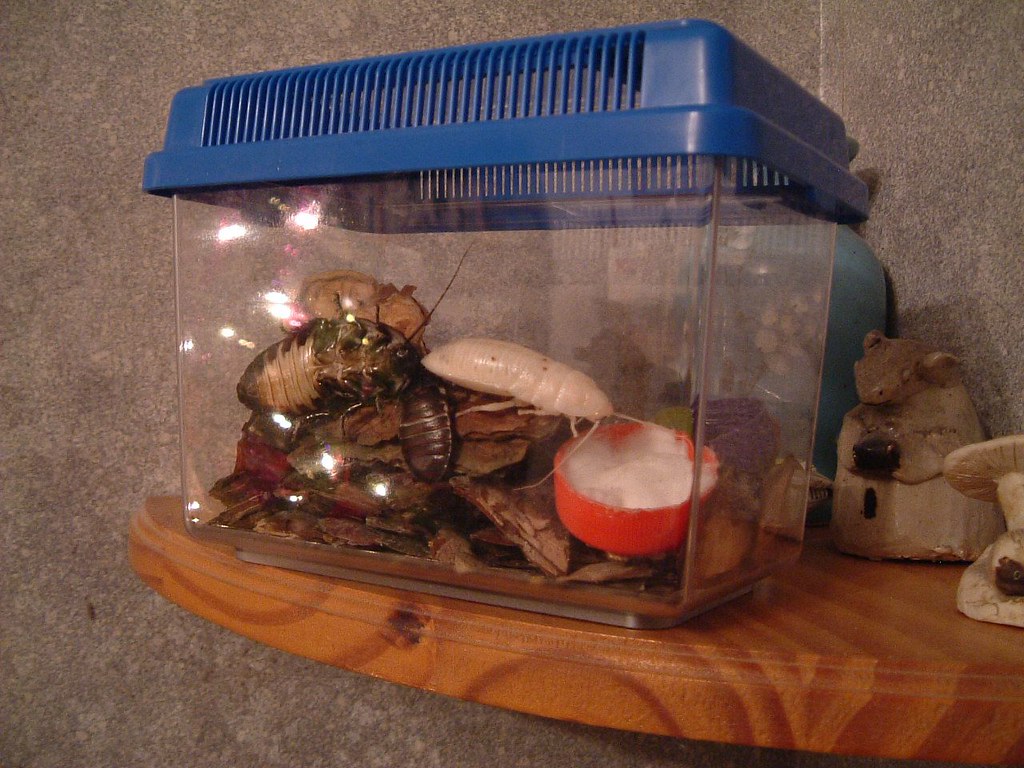
Nutrition plays a critical role in successful insect breeding, directly affecting reproductive rates, offspring health, and colony longevity. Different insect species have specialized dietary requirements that must be researched thoroughly—herbivorous insects like stick insects need fresh leaves from specific plants, while omnivorous insects like crickets require a balance of fresh vegetables, grains, and protein sources. Breeding females often have increased nutritional demands, requiring supplemental protein and calcium to produce healthy eggs. Hydration is equally important but presents drowning risks, making water gel crystals or damp cotton balls safer alternatives to open water dishes for most species. Commercial insect diets can simplify feeding routines, but supplementing with fresh foods ensures complete nutrition and stimulates natural feeding behaviors. Establishing a regular feeding schedule keeps your colony healthy and productive while making it easier to monitor food consumption patterns that might indicate health issues.
Sexing Your Insects
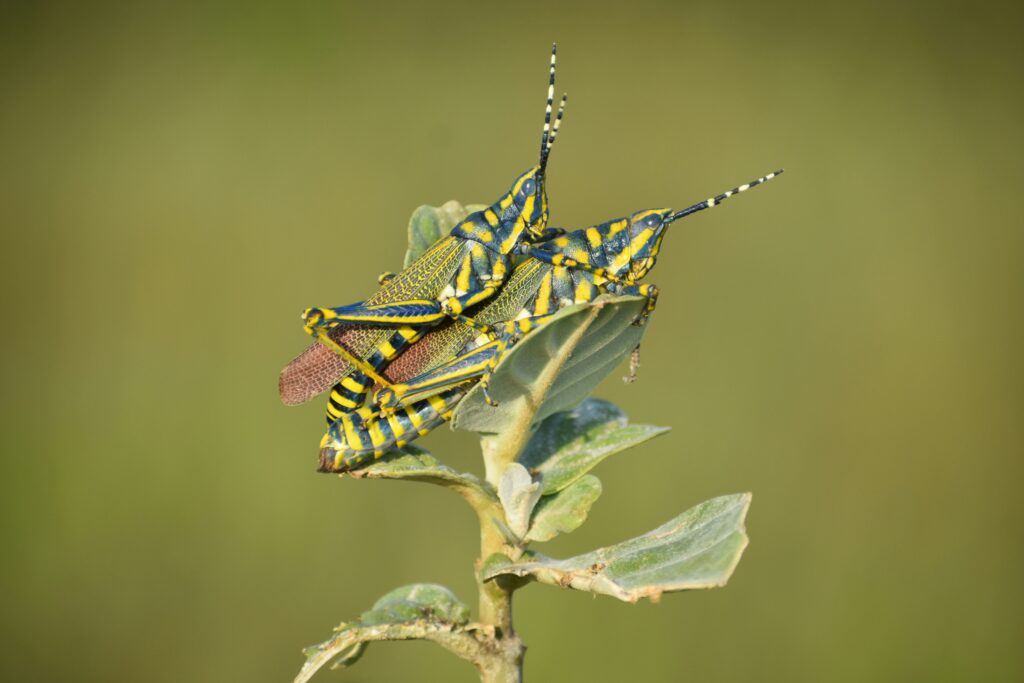
Accurately identifying males and females is crucial for deliberate breeding, though the process varies dramatically between species. In many insects, females are typically larger than males and have different abdominal structures related to egg-laying. Beetles often display sexual dimorphism through features like enlarged mandibles or horns in males, while female stick insects are generally significantly larger than males and sometimes have different wing patterns. Cricket males can be identified by the chirping structures on their wings, which females lack. For some species, behavioral differences provide clues—males of many species perform specific courtship displays or movements. If you’re unable to confidently sex your insects, providing appropriate conditions for a mixed-sex group will typically result in natural breeding, though this makes controlled breeding projects more challenging.
Encouraging Successful Mating
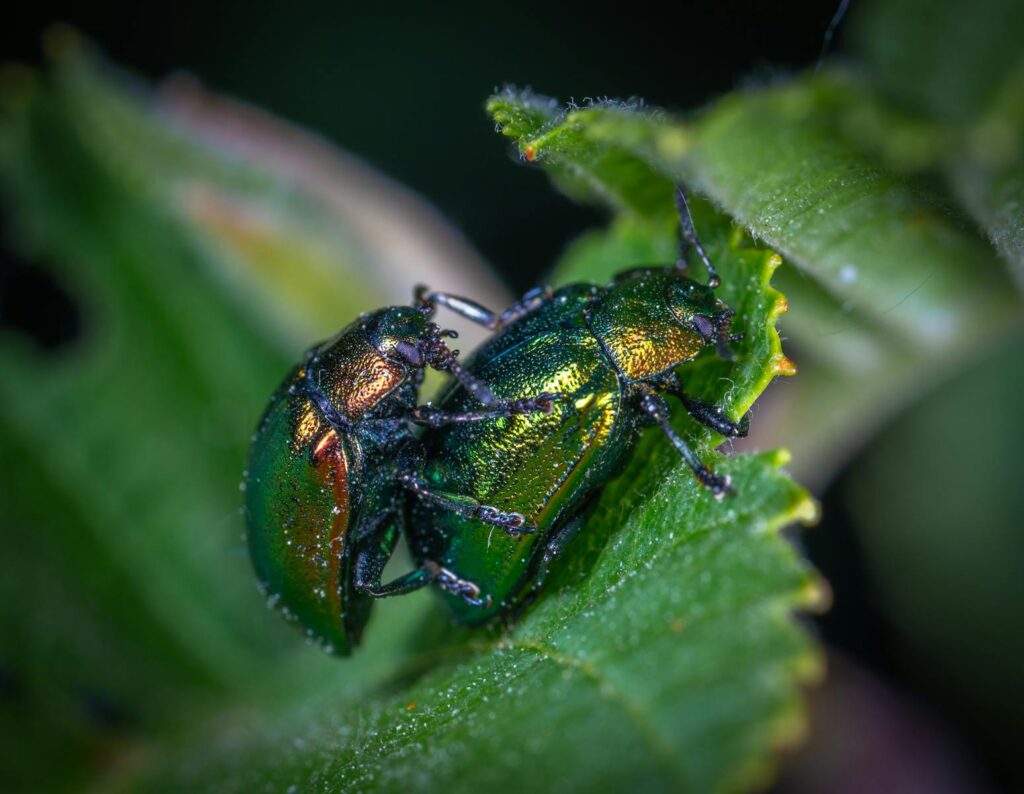
Creating the right conditions for successful mating often requires understanding the specific environmental and seasonal triggers that prompt reproductive behavior in your chosen species. Many insects breed only under specific temperature and humidity conditions or during certain photoperiods (light/dark cycles), which you’ll need to replicate in captivity. Providing adequate space for courtship displays and mating is essential, as cramped conditions can inhibit natural behaviors and increase stress. Some species require specific mating substrates or structures—vertical branches for climbing insects or particular soil types for ground-dwelling species. Nutrition plays a vital role in reproductive success, with many species requiring protein-rich diets before and during breeding periods to produce viable eggs and sperm. For difficult-to-breed species, you might need to simulate seasonal changes by gradually adjusting temperature, humidity, and lighting over several weeks to trigger mating behaviors naturally.
Egg Collection and Incubation
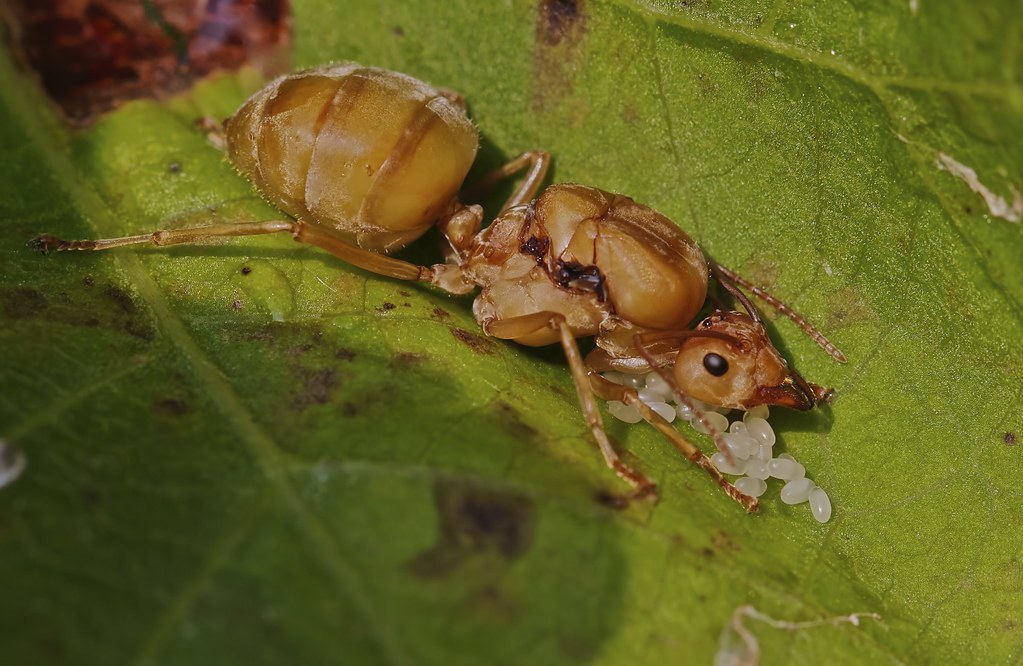
Once mating occurs, females will begin laying eggs in suitable locations within their habitat, requiring you to either provide specialized egg-laying substrates or have a system for regular egg collection. Depending on the species, eggs might be laid in soil, attached to surfaces, hidden in crevices, or deposited in egg cases. Careful handling of eggs is essential, as they’re extremely delicate—use soft tools like paintbrushes or specialized insect tweezers rather than fingers whenever possible. Many species require specific incubation conditions different from adult housing, necessitating separate containers with precisely controlled temperature and humidity levels. Monitoring is crucial during this period; maintain a log of collection dates, quantities, and hatching rates to track your success. Some species’ eggs require special treatment such as a period of cooling (diapause) to simulate winter before they’ll develop properly, while others need constant high humidity to prevent desiccation.
Caring for Hatchlings and Juveniles
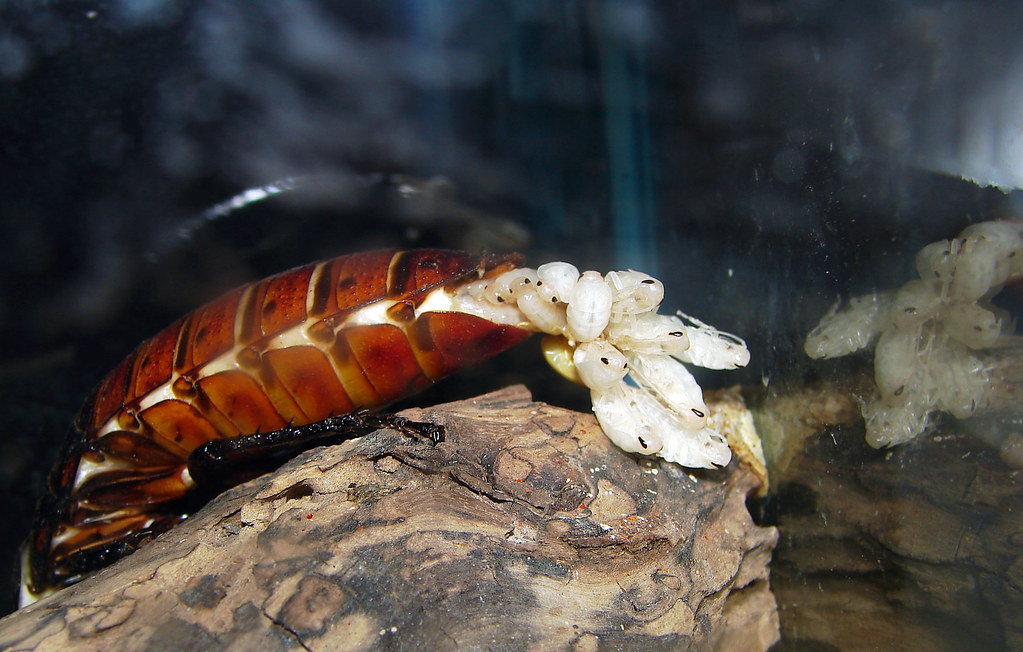
The period immediately following hatching is often the most vulnerable stage in an insect’s life cycle, requiring special attention to housing and nutrition. Newly hatched insects (nymphs or larvae) are typically miniature versions of their adult counterparts or completely different forms, depending on whether they undergo complete or incomplete metamorphosis. Their diminutive size necessitates special housing considerations, including finer mesh for ventilation to prevent escapes and appropriately sized food particles. Nutrition requirements often differ from adults, with many young insects needing higher protein content and softer food textures that their developing mouthparts can manage. Humidity control becomes even more critical at this stage, as young insects dehydrate more quickly than adults due to their larger surface-area-to-volume ratio. Overcrowding can quickly become problematic as rapid growth occurs, requiring regular transfers to larger accommodations or separation into multiple containers to prevent competition and cannibalism in some species.
Preventing Common Health Issues

Maintaining healthy breeding colonies requires vigilant prevention of common insect health problems, many of which stem from improper environmental conditions or diet. Mold and bacterial infections frequently develop in habitats with excessive moisture, poor ventilation, or infrequent cleaning, potentially decimating entire colonies. Regular habitat maintenance—removing uneaten food, feces, and molted exoskeletons—significantly reduces disease risks. Parasitic mites can become problematic in established colonies, requiring careful quarantine of new additions and possibly treatment with predatory mites or environmental adjustments. Nutritional deficiencies often manifest as development issues, reduced fertility, or abnormal molting, necessitating dietary diversification. Genetic problems can emerge in closed breeding populations, making occasional introduction of new breeding stock advisable to maintain genetic diversity. Establishing a quarantine protocol for new insects and regularly observing your colony for unusual behaviors or appearance changes allows early intervention before problems spread throughout your breeding population.
Record-Keeping for Successful Breeding

Maintaining detailed records transforms casual insect keeping into scientific breeding, providing valuable insights for improving techniques over time. Create a dedicated breeding journal or digital spreadsheet documenting key information about your colony, including acquisition dates, approximate population counts, and observed behaviors. Track environmental parameters like temperature and humidity fluctuations, noting any correlations with breeding success or health issues. Document feeding schedules, food types, and observed preferences to optimize nutrition protocols. Record reproductive data meticulously, including mating dates, egg-laying periods, hatching rates, and offspring survival percentages through each life stage. These records become invaluable when troubleshooting problems or planning selective breeding projects, allowing you to identify patterns that might otherwise go unnoticed. Additionally, good record-keeping helps track genetic lineages if you’re working to maintain genetic diversity or develop specific traits through selective breeding.
Scaling Up Your Breeding Operation
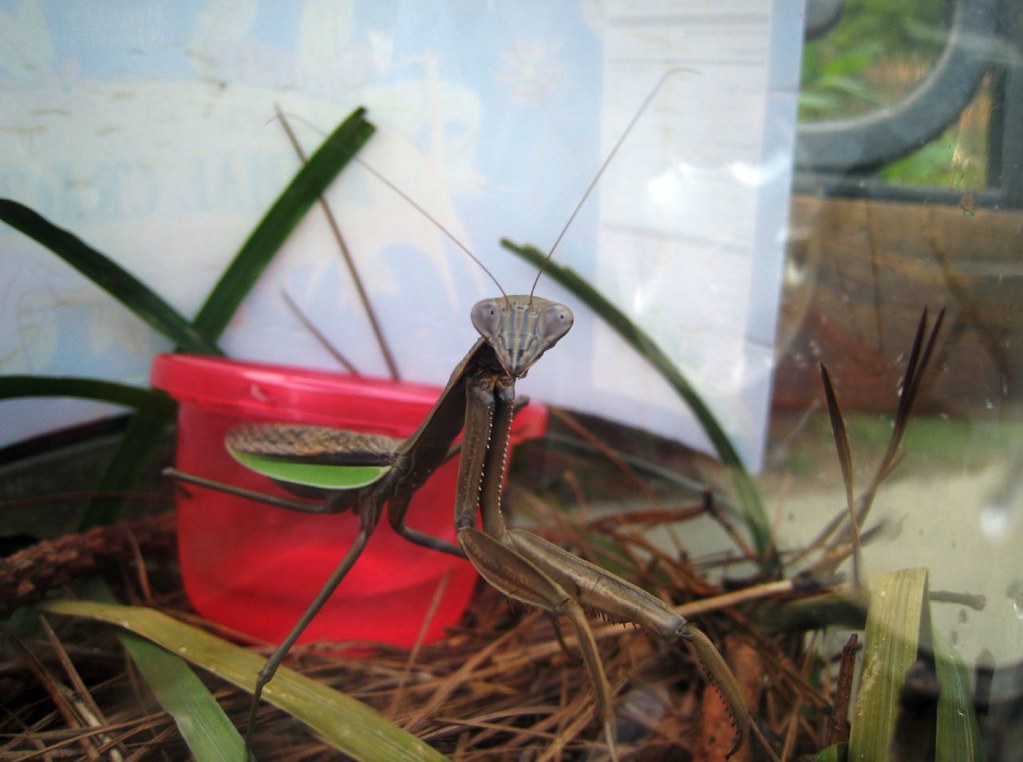
As you gain experience and confidence with your first breeding colony, you may wish to expand your operation, which requires strategic planning to maintain quality care. Begin scaling gradually, mastering each expansion step before proceeding further to avoid becoming overwhelmed. Consider implementing dedicated breeding systems like multi-container setups that separate insects by life stage, allowing for more targeted care and preventing adults from damaging eggs or young. Develop efficient maintenance routines that can be applied consistently across multiple containers, perhaps batching similar tasks to save time. Automation becomes increasingly valuable in larger operations—consider investing in timers for lighting, thermostats for heating, and possibly automatic misting systems for humidity control. Food production may need to scale accordingly, with many serious breeders cultivating their own insect food sources, such as growing specific plants for herbivorous species or maintaining separate feeder insect colonies for predatory species.
Ethical Considerations and Responsible Breeding
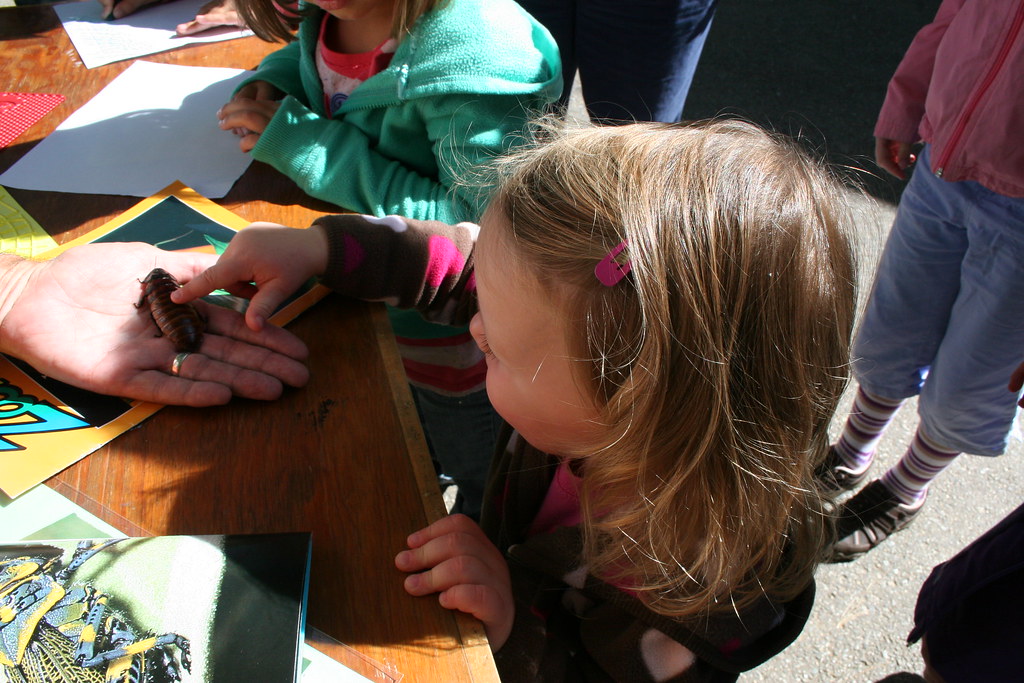
As an insect breeder, considering the ethical implications of your hobby ensures responsible practices that respect both the insects and the wider ecosystem. Never release captive-bred insects into the wild, as they can potentially become invasive species, carry diseases to wild populations, or disrupt local ecosystems through competition or hybridization with native species. Plan responsibly for offspring management before breeding begins—ensure you have appropriate space, resources, and either outlets for excess insects (such as local reptile keepers, educational programs, or pet stores) or humane methods for population control. Source your initial breeding stock ethically, preferably from reputable breeders rather than wild-caught specimens, to avoid contributing to habitat destruction or population declines. Provide the best possible care for your insects, recognizing that even invertebrates deserve appropriate living conditions that allow for natural behaviors and minimize stress. By approaching insect breeding with thoughtfulness and responsibility, you contribute positively to both the hobby and broader conservation efforts.
Conclusion

Breeding insects in captivity offers a window into the fascinating world of invertebrate life cycles while providing a rewarding and educational hobby. As you embark on this journey, remember that patience and observation are your greatest tools—success rarely comes overnight, but the learning process itself is valuable. Start with beginner-friendly species, maintain meticulous records, and gradually refine your techniques based on experience. Whether you’re breeding insects as pet food, for educational purposes, or simply for the joy of witnessing these remarkable creatures complete their life cycles, the skills you develop will deepen your appreciation for the incredible diversity and adaptability of insects. With proper research, careful habitat creation, and attentive care, you’ll soon find yourself with a thriving colony of captive-bred insects and a newfound understanding of these often-overlooked but extraordinarily important animals.

